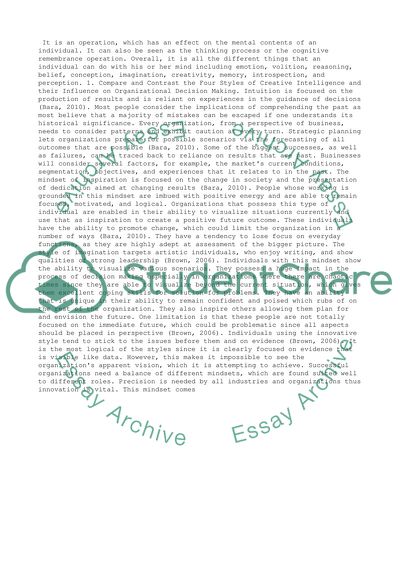Cite this document
(“Mental Process Paper Research Example | Topics and Well Written Essays - 1000 words”, n.d.)
Retrieved from https://studentshare.org/management/1450906-mental-process-paper
Retrieved from https://studentshare.org/management/1450906-mental-process-paper
(Mental Process Paper Research Example | Topics and Well Written Essays - 1000 Words)
https://studentshare.org/management/1450906-mental-process-paper.
https://studentshare.org/management/1450906-mental-process-paper.
“Mental Process Paper Research Example | Topics and Well Written Essays - 1000 Words”, n.d. https://studentshare.org/management/1450906-mental-process-paper.


